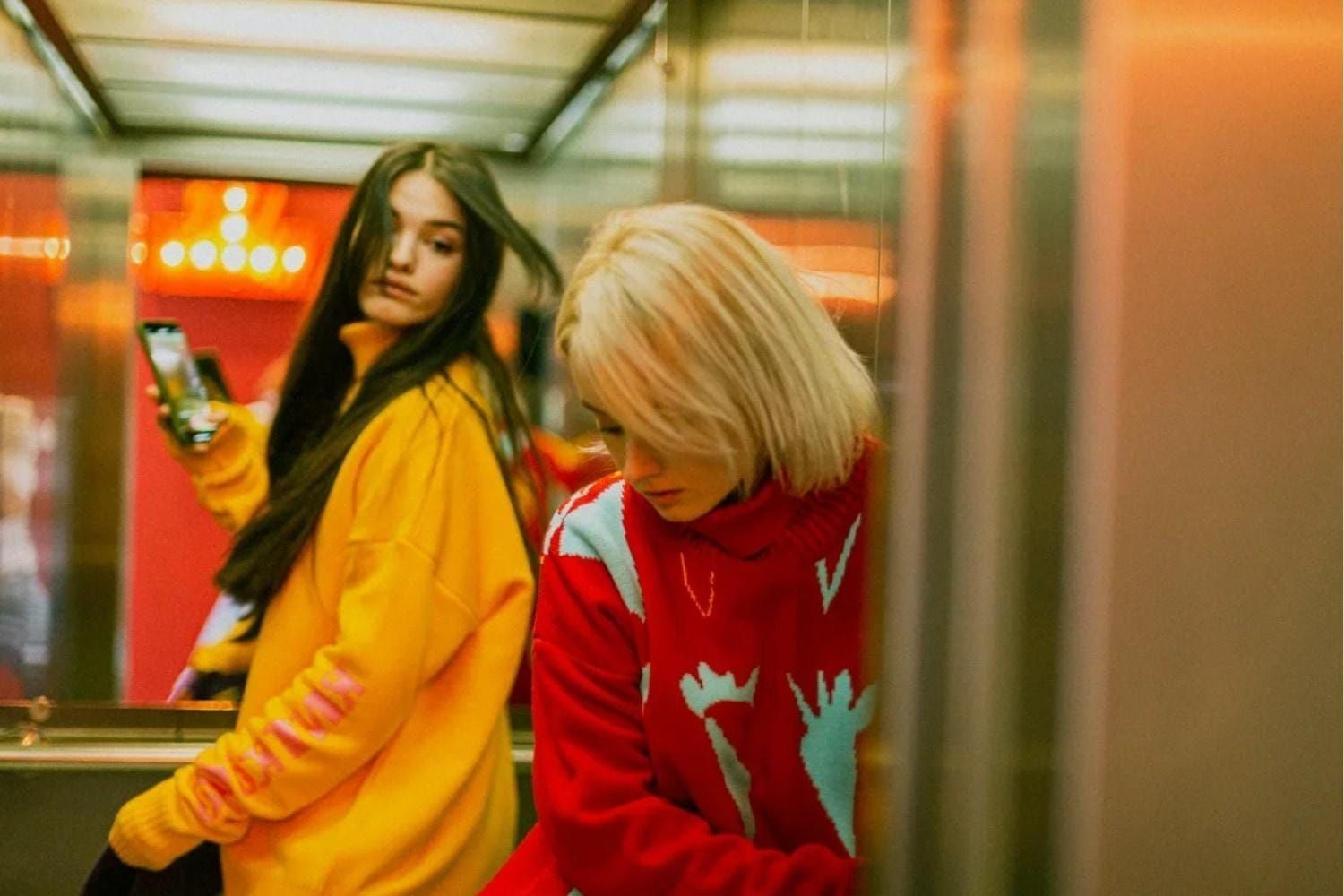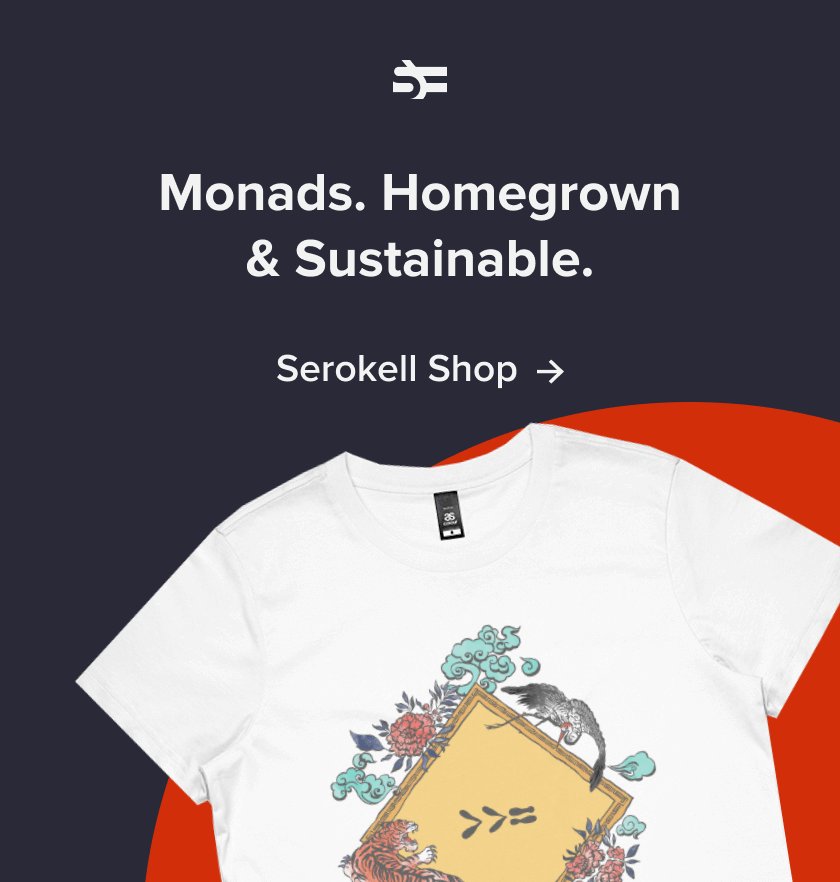In this article, I interview Sergey Kulinkovich, who works as an art director at Art. Lebedev Studio, guiding a very unique project. The name of the project is Nikolay Ironov, and it is an AI designer that can pass as human.
We talk about the state of contemporary design, Nikolay Ironov, the future of design, and the role that artificial intelligence will have in it.
Can machines do design? What is the role of a designer in 2021? Learn the answers to these questions by reading the interview below.
Interview with Sergey Kulinkovich
Congratulations on getting two new Red Dot awards! How many does the studio have?
Thank you! I think we have nine in total. It is interesting that this year the prize was received by the project for the Rukami festival, one of the designers of which was Nikolay Ironov. This is something yet unseen – artificial design intelligence is ahead of humans not only in execution speed and boldness, but is now also entering the territory of prestigious design awards.
Many companies nowadays use nostalgic vibes to make their product rock, and it seems like a successful formula – from watches and smartphones to the automobile industry. What do people find attractive in this design approach? Can you say that we don’t have a dream picture of the future, in contrast to the one people had in the 80’s?
Indeed, from time to time you can see a “blast from the past” in the fresh works of contemporary designers.
Something fundamentally new is quite difficult to come up with, and it is not clear if there will be any value in it. For hundreds of years, people have been solving design problems by engaging in creative activity, and in this process, successful finds appear, which from time to time again turn out to be relevant in one context or another. The fact that some form, combination of colors, composition, script, or sound has become widespread indicates its success under a certain set of circumstances. If, in some context of the modern world, circumstances arise that make it relevant again – that’s great!
This is in many ways what the work of a designer consists of: choosing those solutions that will give the greatest effect in the given circumstances. What worked before can, in the right hands, work great today, tomorrow, and 100 years from now.
Could you give us a quick overview of the Ironov project and your role in it?
Nikolay Ironov is a generative design system that creates unique logos based on a text description of the company’s activities. In other words, Ironov is artificial design intelligence.
We’ve been experimenting with design automation for quite some time. A couple of years ago, we started researching approaches to automating “creative” processes. For example, creating logos. When our technology developed to such a level that we began to receive design solutions suitable for use in the real world, we came up with a character named Nikolay Ironov and began publishing synthetic works on his behalf.

These works were notable for their boldness, and many of them found their application in real life in the form of signs, clothes, product labels, and so on. At the same time, clients were not aware that they were using graphics generated by a machine, which confirmed our hypotheses that in many contexts, generative design is capable of solving real-world problems and that Nikolay is ready to effectively compete with living designers.
More details about the project can be found here.
A large team is currently working on the technology. We continue to develop Nikolay’s abilities. And Nikolay continues to create logos for business. At the moment, his portfolio already includes over a thousand works.
What makes Nikolay Ironov unique, compared to other AI logo generators?
It’s in how exactly we combine the technologies. Most of the solutions we know in this area use automation technologies either in a very limited, safe mode or use a single technology to solve complex design problems. In the first case, boring, predictable solutions are obtained. In the second, something poorly applicable to solving real business problems.
Ironov’s strength lies in the combination of different technologies that serve different stages of the design process. We are not trying to solve the problem with one neural network. It is the combination of various algorithms and neural networks that gives a result that’s original and at the same time applicable in business. Our extensive design expertise helped us to properly orchestrate this combination of different technologies.

What data and how much of it did you feed to Ironov to achieve the first results?
In the beginning, we experimented a lot with different approaches and data sources for training. At first, the most promising direction turned out to be the manual creation of training sets of images, with subsequent variations of these images created by modifying them with a special algorithm. Now we are training Nikolay on various sources of graphic and other data and are constantly looking for new ones.
You can watch a more detailed video about the technical side of the development process of Ironov below.
Despite the fact that all works are unique, the Ironov style seems easy to read and replicate (you can diss me). At this stage of modern Russian design development, I have a strong feeling that new design approaches have reached their limit. Have you ever had this feeling? How will design stimulate people to buy and use services and products if everything will be bright, classy, and shiny?
We continue to work on “teaching” Nikolay. With each passing month, Nikolay’s works are becoming more diverse and more difficult to identify. His unique style, loved by many, changes, but Nikolay acquires a wider visual range and the ability to propose options that are appropriate for an ever wider set of contexts.
If the desire to buy a product was determined only by its appearance, the best solutions would be immediately copied. Visual communication is just the tip of the iceberg. The role of design in driving sales is not just about getting the right look. The subjective value of a product in the eyes of a consumer is formed by a huge set of signals. The scenarios for turning a product into an object of desire are incredibly complex and involve a wide range of visual and analytical tools that help make the right decisions. And here we see the great potential for new technological breakthroughs that will help businesses enrich their products with new competitive advantages.
In addition to original graphics, a huge selection of artifacts and speed of execution, Nikolay Ironov provides clients with the opportunity to have a logo that was not created by humans. In capable hands, this alone already has a significant impact on the formation of the object of desire. What is this interview illustrated with? That’s right, the products of Ironov’s clients. And that’s how it works. :)
Is the AI capable of evolving its style by taking into account the feedback of users? If not, do you have any plans to move in this direction? Creating a fully autonomous design system sounds extremely cool.
Nikolay works directly with clients and collects data on how people describe their businesses, how the process of choosing graphic solutions goes, and which solutions win in the end. All this allows us to build the “consciousness” of Ironov and develop Nikolay’s ability to propose solutions that more and more accurately meet the needs of the client.
If we talk about people’s taste, you know that in Russia we are extra picky in many design spheres (websites, for example). Russian people consume high quality design solutions and get used to it. Have you thought about packing this design school and experience, and expanding the Studio business to the West?
Right now, the world is more global than ever. On our side, we are taking steps so that nothing interferes with the dissemination of knowledge about what we do outside the country and make sure our projects are translated into English. Many of our projects are recognized abroad. Nikolay Ironov has received worldwide coverage, as has the Periodic table of elements.
How will people study design if all they will need to do in the future is to choose the best option in AI-powered design systems? How do you see the work and life of a human of the future?
The competitive environment is gradually shifting from the ability to create design solutions to the ability to choose the most effective solutions from an infinite set of possibilities.
All this has already happened in the world before. New manufacturing technologies freed people from hard manual labor, allowing them to engage in more intellectual and creative tasks. Over time, people begin to compete in things of a different order, and in order to obtain the necessary competitive advantages, they are forced to acquire new specific knowledge. Previously, the price of victory in the competition was calculated by years of honing the skill of handcrafting with material, and now it is done by years of honing the skill of working with robots that can work with material.
I would like to thank Sergey for the time spent to talk with us about their groundbreaking project!
If you would like to have your own logo made by a completely artificial AI designer, go to Nikolay Ironov’s website. Additionally, you can follow Sergey on Instagram and Twitter, or visit his personal page.

.png)

.jpg)
.jpg)
.jpg)
.jpg)

